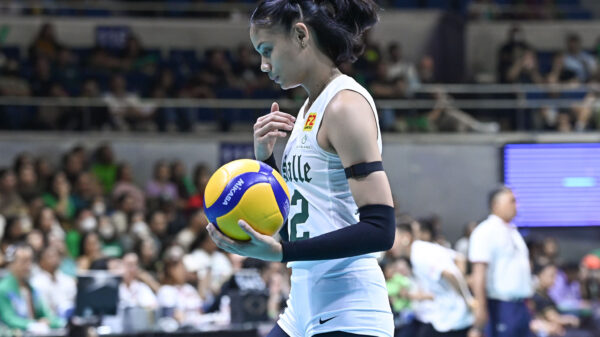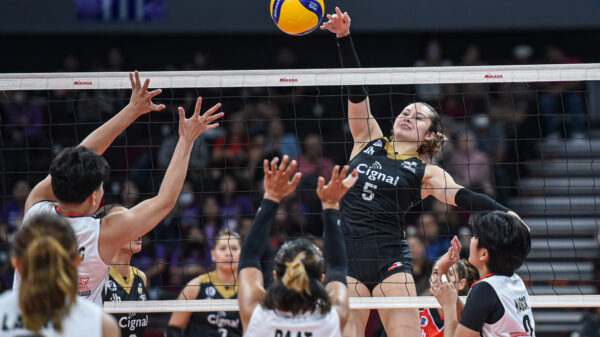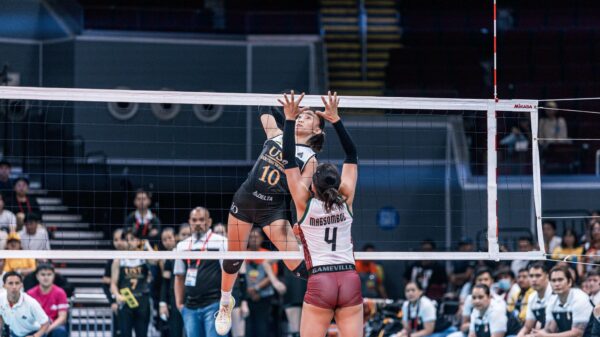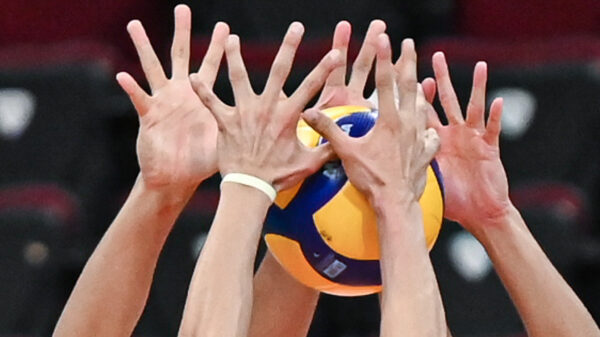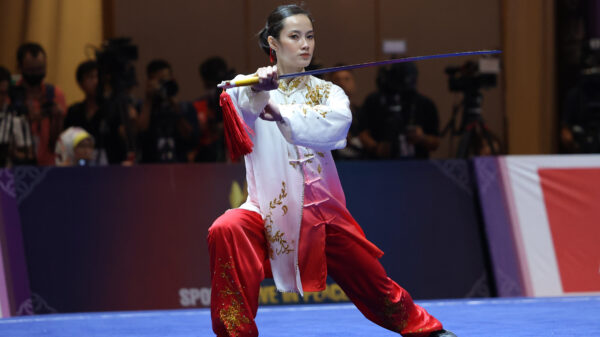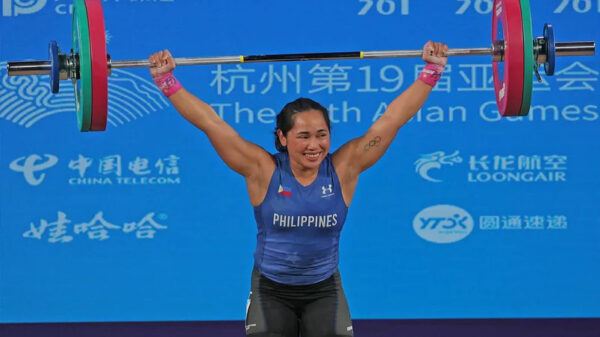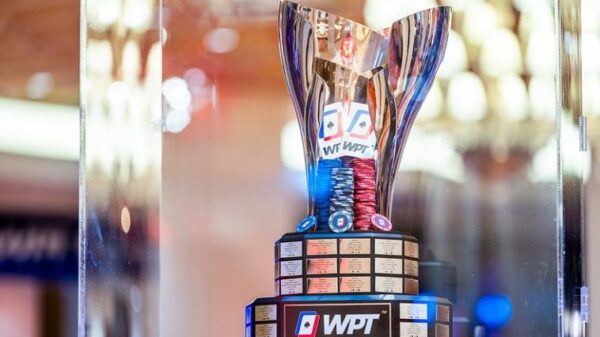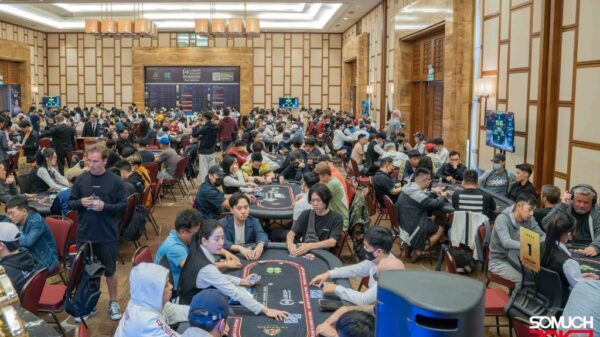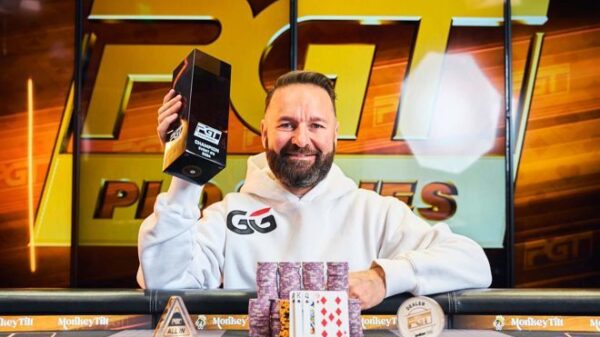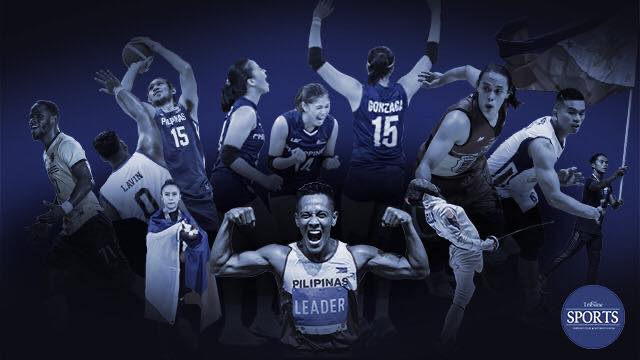Golf balls are one of the most important items in your bag.
There may be a debate when it comes to which part of the game should be prioritized, whether it be driving, approach shots or short game.
Some argue that half of our scores are made in and around the greens. That actually makes a whole lot of sense.
But the golf industry realizes that driving distance is what excites most golfers so development and marketing is commonly poured into that area.
When you really think about it though, there is only one thing that is part of the equation in every shot, from tee to green — the golf ball! What do we really know about the balls we play?
I got curious and tried to scratch the surface.
My curiosity with the ball I use came up when I watched a short clip on social media.
It showed an exchange during a Pro-Am where the amateur partner asked pro Patrick Reed what golf ball is the best.
Patrick answered that there is no best ball, period. There is only a best ball for a specific person, based on a number of factors. So a premium golf ball may work for touring pros but may perform worse than an average ball for certain players.
This got me thinking.
I’ve been playing Titleist Pro V1s for over a decade, maybe for the last 20 years. I’d use other brands when they’re free, but only the top of the range models like Taylormade TP, Callaway Chrome, Srixon Zs, Bridgestone Bs and the like.
I always play what the pros play because I thought they would perform the best and feel the best. Even in the 1990s and early 2000s, I remember playing Titleist Professional 90 and 100 balls, and Balata models from Titleist or Royal Maxfli. Never have I thought about ball fitting or at least looking at possible alternatives.
I always chose the softest, highest spinning balls, which usually meant the range-topping models.
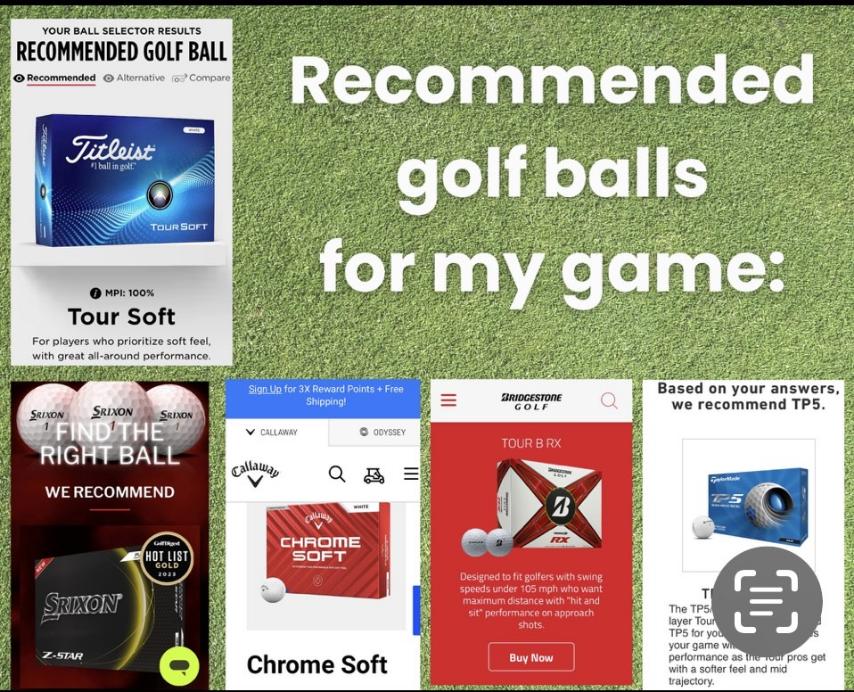
Photograph by Dino Datu for the Daily Tribune
Find your balls: The best one is out there.
Ball fitting
Yes, there is such a thing.
If we can analyze spin, launch, distance and performance numbers for every club in the bag, the same is true for golf balls.
While a comprehensive test can be done at a fitting center, there is an online alternative from major ball manufacturers.
All you need to do is visit their websites, answer a few questions, and out comes their recommended ball for you. Knowing basics such as carry distances and swing speeds will help make a more accurate “prescription” but you should get on without having all the detailed info.
I visited the pages of popular brands and got some surprises. Apparently, the “best” ball isn’t always the best for me.
Of course, this is all theoretical, but I will buy a sleeve of each recommended ball and try it out in real world conditions against my trusty Pro V1s.
I am not anywhere close to a scratch player, but I think knowing and using equipment that’s suited to me will inevitably improve my game. I hope you try this little experiment, too, and let me know what you discover.
Apparently, I could play better with a different Titleist ball. Here are the recommended balls for my specs and preferences:


